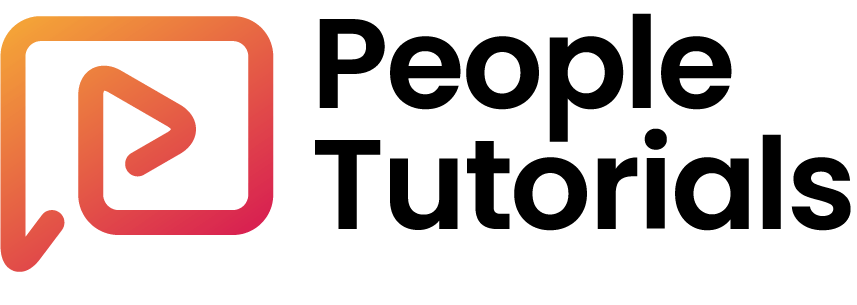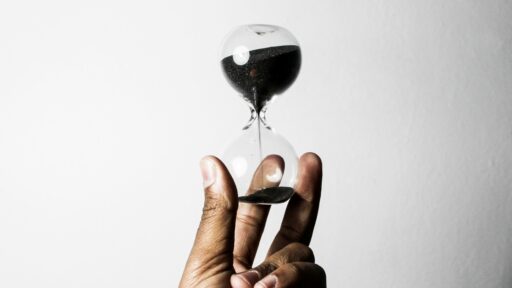Separating emotion from creativity is like expecting a corpse to dance. Sure the elements are there: hands, feet, a head, a torso. But the spirit is gone. The essence and the energy that powered the person is gone.
One without the other is… grotesque.
Every piece of creative work must feel something: love, anger, curiosity. If it doesn’t land emotionally, it’s not strong enough.
Even functional design, eg. UX, UI, graphic work, pulls at emotions in subtle ways. Pastel tones and rounded corners whisper calm. Bold contrasts and sharp edges shout for attention. Emotion fuels every choice.
Emotion carries a huge energy deficit. It’s exhausting dealing with emotional subject matter all day, yet that’s exactly what creatives do for a living.
The creative is expected to conform to the structure of the corporate. Those two camps are polar opposites in the way they should be structured and developed.
The corporate has set hours, structured processes, definite timelines – all very rigid approaches to solutions. And they work. They work really well. In fact, creatives can borrow a lot from corporate where organising ideas is concerned.
The fatal flaw of creatives however, is gauging time. We don’t give ourselves enough time to think, to create, because the client always wants it now. There’s always a deadline, always a budget, and most times somebody saying they needed it yesterday.
Think about car assembly lines or GPU manufacturing. R&D labs exist because designing a Mercedes can take years, even though putting parts together is fast.
Most clients confuse R&D with production—they expect pilot‑phase invention and mass‑production delivery at once.
Why? Because we haven’t walked them through the stages. Research first, ideation second, execution third. We haven’t explained the need for patience, iteration, testing, refinement. So they bark, “I needed it yesterday,” and we scramble our souls to meet deadlines.
However: it takes two hands to clap.
There’s a wealth of advice online that tells creatives to raise our prices. But what about raising our quality of work to command higher prices? I’m not just going to double my fees because a guru said to. I’m going to increase the level I’m operating at and the quality of what I’m delivering so that a higher price is a natural outcome.
Enter AI. Yes, AI can generate 50 ad drafts in a minute. Brutal, emotionally neutral drafts. That’s not a threat. It frees us to think. Think harder. Dig deeper. Find the real idea. Like the potter who refines a spinning bowl, AI keeps the wheel turning when inspiration stalls. It’s not perfect. It doesn’t need to be. It’s a tool to explore. That exploration is where the quality of our ideas increases, and so too, the rates we command.
And no, the Creative Director isn’t dead.
The people saying so are confusing form with essence. But the same people saying that, say that the most valuable role is someone who can prompt the AI well. What do you think a Creative Director does in the first place?
He or she prompts an idea. To humans. To an audience. To a board of directors. To a sample segment.
The creative director writes the brief for the whole idea (which is exactly like an AI prompt by the way) and recognises the good ideas from the bad. The creative director syphons through the noise to find the strong signal that is fit for broadcast.
So tell me why, or how, exactly, will this role become extinct? Writers, graphic designers, illustrators, photographers; the list goes on. AI has made us all into creative directors, and that’s the shift.
Creativity alone doesn’t sell. It sells an experience or a product.
A Herman Miller chair designed by Ray Eames. The Stranger Things experience based on an idea written by the Duffer Brothers. A concert performed by Twenty One Pilots. AI gives us the runway to experiment and build the thing ourselves. When clients hire us, they’re paying us to develop ideas for their product or experience anyway.
The only people “left behind” are those trying to sell creativity for creativity’s sake—and there’s no longer any reason to be trapped circling that drain.
Emotion is good. But to sell it, you need logic. It’s yin and yang—the left brain and right brain are one mind in two tongues. Spirit. Atman.
For a few years, I hated design.
Not because I stopped loving ideas, but because I couldn’t explain the reaction inside me. I couldn’t articulate the fatigue, the emotional weight that built up after years of chasing deadlines, dealing with unpaid invoices, and navigating clients who treated the creative process like a vending machine.
I’d open Photoshop and feel dread, not inspiration. What once felt like a blank stage for magic now felt like a haunted house. Every file carried the ghosts of late nights, chaotic briefs, scope creep, and “Can we try one more thing?” until you start wondering if you’re even still a professional or just a tool in a box.
But the dirty little secret: there’s no room to talk about this in most agencies or marketing departments. If you try, you’re branded as “emotional,” “complaining,” or God forbid – difficult. The corporate machine only wants output. Not how you feel about it. “Just get the work done.”
But, good sir, how I feel is exactly why you hired me in the first place.
You hired me for what lives between my gut and my brain. You hired my intuition. My creative insight. The very thing that makes me able to sense what your audience will feel when they see the work.
We just don’t call it “feelings” in the boardroom because that word makes people uncomfortable. Like it’s unstable. Oh no, it lacks data.
So fine, let’s call it instinct. Let’s call it pattern recognition. Let’s call it user empathy.
Whatever makes you feel better.
But don’t forget: what ultimately drives every purchase decision, what builds every brand, what makes someone say “this is for me…” is feeling.
It’s never just about price. Price comes before and after, like bookends to an emotional decision.
Ever rationalised a decision after the fact? If you think you aren’t creative, just listen to the stories you tell yourself when you really want something you can’t afford. You’ll find a way.
On the other end, even the most mundane commodities are bought because of how they make us feel: cleaner, safer, smarter, faster, more in control.
So, creative: understand that your job is to engineer those feelings.
And corporate executive: your job is to tell us what action you want triggered. What response. Then step back and let us figure out the mechanism that sets it off.
At the end of the day, there is no divide between creative minds and analytical minds. It’s the same mind, just switching languages. One speaks in emotion. The other in logic. Both are trying to arrive at the same destination: action.
It’s like this: Christians say Spirit. Hindus say Atman. Different words. Same idea.
Creativity is spiritual in nature. It draws from something unseen, something felt. The creative product however – for the exchange of money for value, cannot be governed by spirituality alone. You need structure. You need a bridge between the sacred and the strategic. That bridge is communication. And that bridge is built with understanding on both sides.
So here’s a strategy:
- Build a library of 20 ideas: choose a niche and work on these ideas before going to clients.
- Draw from it: don’t start from zero under pressure. Every time you use an idea with a client, replace it with a new one.
- Invest your own time: test your own ideas. Create your own campaigns. There’s nothing stopping you from setting up your own campaigns to promote your own products – even if your goal is just to see how the whole process works.
- Test in public: build campaigns for yourself to learn the muscle.
- Work publicly: the funny thing is that if you do this publicly, clients will find you as a result and hire you to do the things for them anyway.
Stop waiting. Build on your own clock.
Let the world watch.
And watch the world respond.








